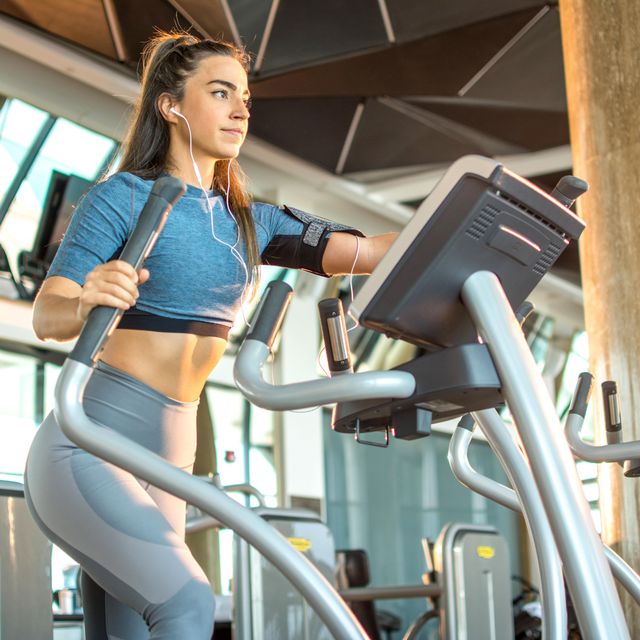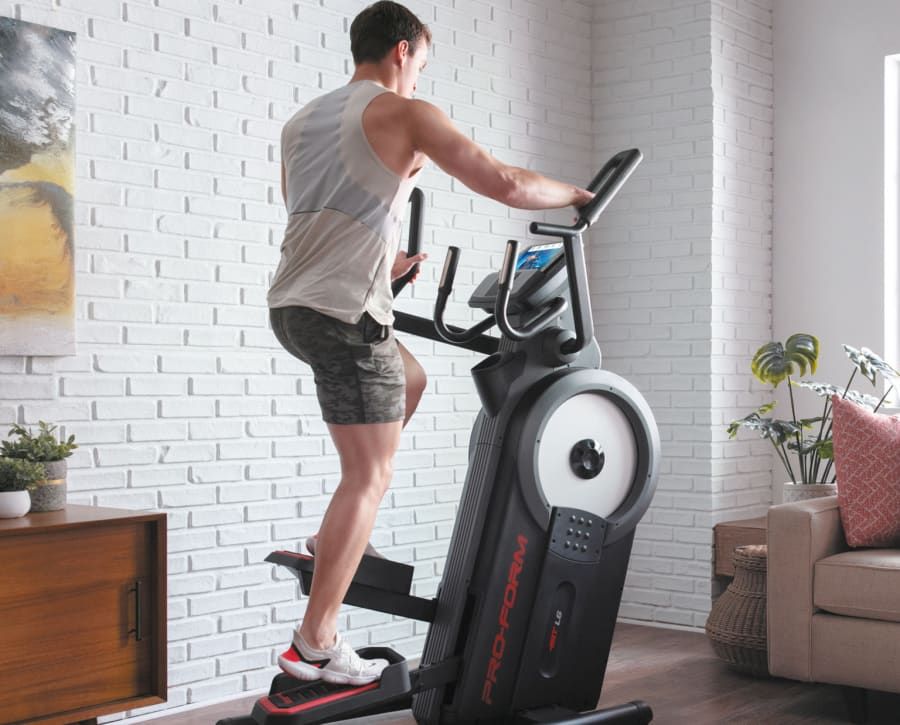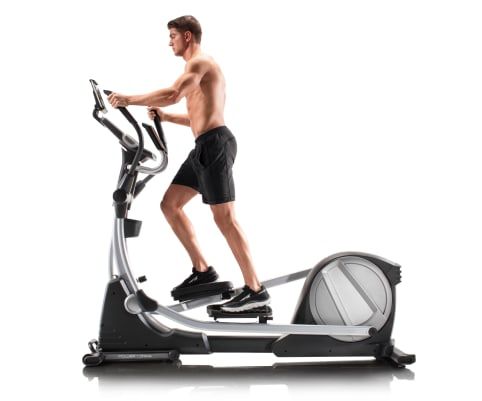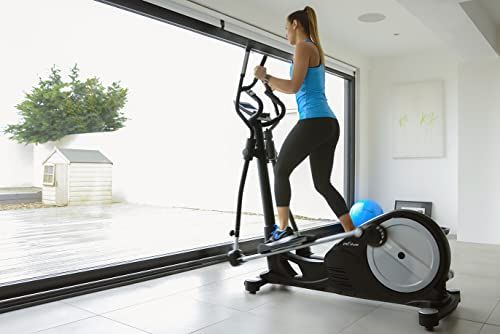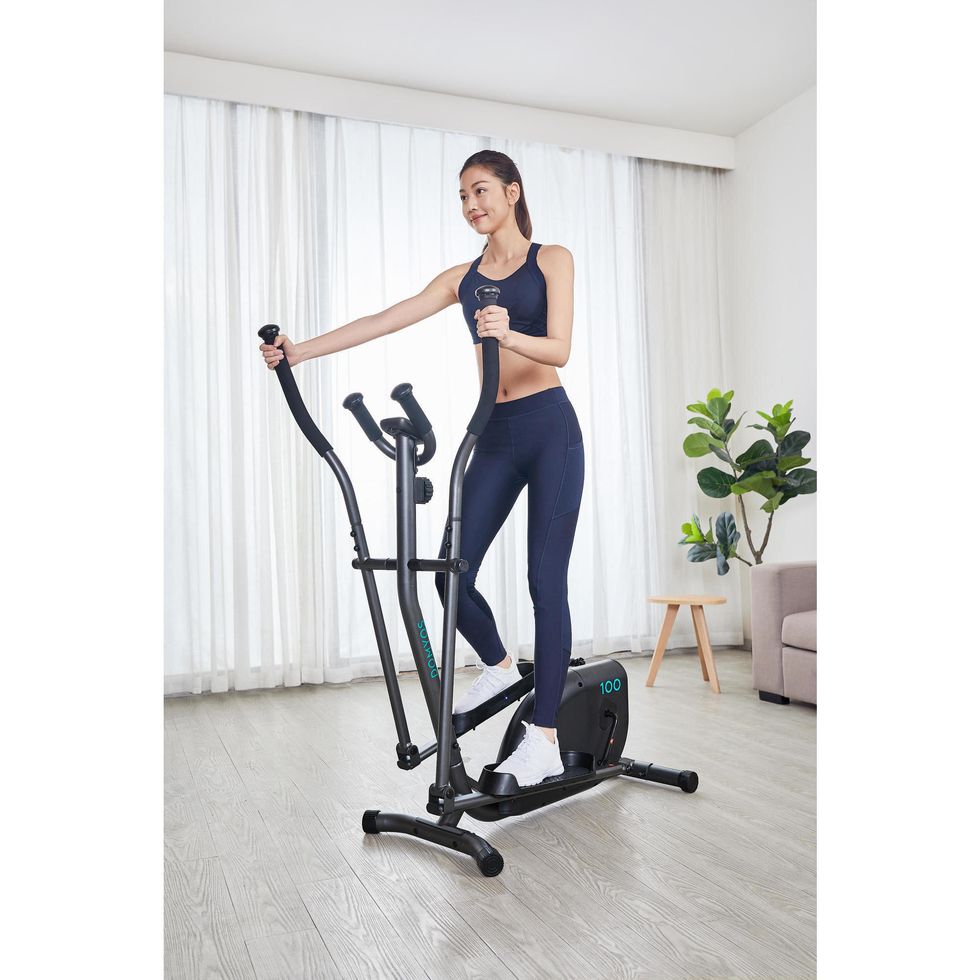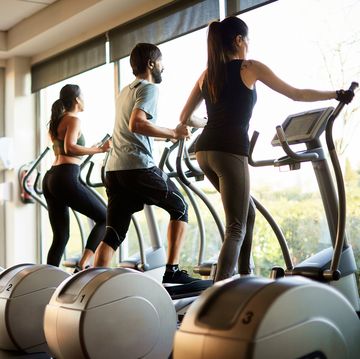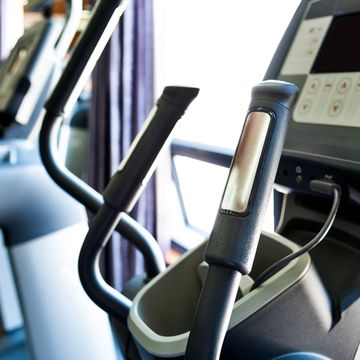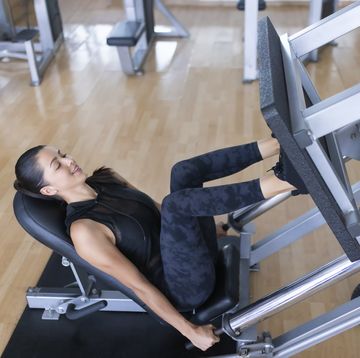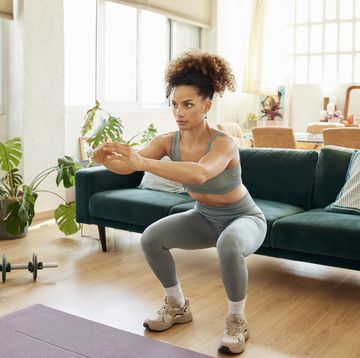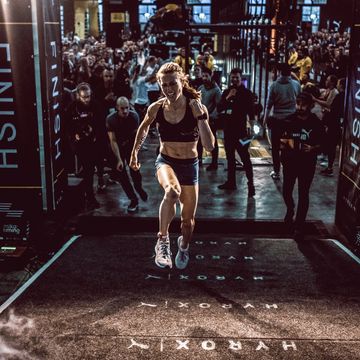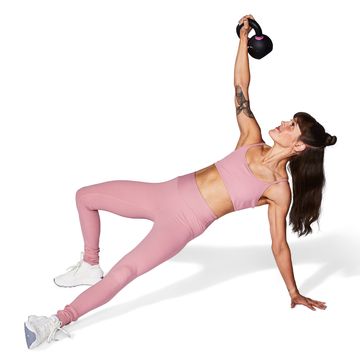If you've ever trained for a goal race by following a structured training plan, you’ll know that it's not just about running more – it's also about running strategically. That's why a good training plan includes easy runs, long runs, speed work, tempo runs and recovery runs. And all this can add up to four or five (or even six) days of running a week, which can stress your muscles, tendons and more.
So why do training plans ask so much of you? 'Whatever you want to get good at, you have to do that type of activity to a high degree,' explains Ian Klein, a specialist in exercise physiology, cross training and injury prevention at Ohio University, US. In other words, to be a better runner, you must run more.
And each specific running workout has a purpose – whether that's to developing fast-twitch muscle fibres for speed, to build your endurance or to help your tendons, ligaments, joints and bones adapt to the stress of running. That's why it’s important to include all of them within your training routine.
However, one running workout which does offer a little flexibility is your recovery run. This low intensity activity, which is generally done at less than 70% of your maximum heart rate, is important for maintaining the base of your aerobic fitness and developing oxygen efficiency in the muscles. But if you’re injury-prone, dealing with any small niggles or joint pain, or even approaching burnout, it’s one workout that you can take off the road or treadmill and do on another piece of equipment: the cross trainer.
What is a cross trainer?
A cross trainer is a large piece of gym equipment that is also known as an elliptical machine or elliptical trainer. A cross trainer usually has two pedals – one for each foot – that move forward in a circular motion like the pedals on a bike. On a cross trainer, though, you stand upright, as you would on a treadmill.
Some cross trainers have stationary handles, while others have handles that move forwards and backwards as you move your legs, helping you to work both your upper and lower body.
How is using the cross trainer different from running?
The cross trainer was literally invented to mimic the motions of running without producing the same kind of impact forces that running generates. That means you’re going to get a more running-specific cross training workout than you would by swimming or cycling on a turbo trainer, for example, but without all the weight-bearing and muscle-pounding that running entails.
What the cross trainer does is 'take out the eccentric contraction, that moment when you land and prevent your body from collapsing', says Klein. That’s an integral part of running, and so you do need that in your training – but if you get too much of it, your muscles can fatigue and break down under all that stress, which can lead to injury.
The cross trainer also cuts out the push-off phase of the gait cycle – which is part of the process of running – because your feet never leave the pedals. Juan Delgado, director of Sports Science at the NY SportsScience Lab in New York, US, doesn't believe that this is a bad thing. When you’re running, the tibialis anterior muscles (which are responsible for dorsiflexion of the feet) are almost never under maximum tension – which makes them more susceptible to overuse and increases your risk of shin splints and stress reactions. But when your feet maintain contact with the cross trainer pedals, 'these muscles will have better isokinetic and isometric contractions and can reach maximum tension while becoming stronger, without the impact of the lift-off and heel-strike motion,' says Delgado.
The cross trainer also offers more of a complete workout, as it recruits both the upper and lower body with its pendulum motion. 'By using your body weight as resistance, it becomes an excellent way to prepare your body for the rigours of regular running, since the muscles engaged in running can become stronger and more accustomed to carrying your body weight without the impact of hitting the floor constantly,' says Delgado. As such, this helps to reduce your injury risk – a huge win for runners.
Why should runners use the cross trainer?
Cross trainers are low impact
Working out on a cross trainer is a low-impact activity, so it’ll feel easier than a run of a similar intensity. 'To combat this, use the cross trainer for one-and-a-half to two times the duration of your run,' says Buckingham. For example, a 30-minute run would be equivalent to a 45-minute to one-hour session on the cross trainer.
Cross trainers are great for recovery
Spending time on the cross trainer can be helpful on recovery days, especially if you have a tough time running at a recovery pace (or less than 70% of your maximum heart rate). It’s actually quite hard to get your heart rate up on the cross trainer (without maxing out on resistance), which means you’ll stay in the easy, low intensity zone you need to reap the rewards of a recovery workout.
Cross trainers are less taxing on your joints
Using a cross trainer can improve blood flow to your muscles without causing the muscle fibre damage that running does. So, it could help to speed up your recovery time between hard running sessions and allow you to complete these days at a higher intensity, resulting in greater running performance gains.
'That’s why you should always do your key workouts – like speed work, tempo runs and race pace runs – as running efforts', says Klein. No matter how closely the cross trainer was designed to mimic running, anyone who has ever stepped on one knows it’s not a perfect substitute. Consider it a valuable tool in your arsenal – especially on days when you need to slow things down or recover – but not as a replacement for running.
Best home cross trainers
Like most home gym equipment, cross trainers range from basic models to gym-quality machines. And, as with treadmills, to some extent you get what you pay for – while you can get a good workout from lower-priced models with fewer settings, having more options will keep your training sessions interesting and challenging.
The best cross-trainers offer adjustable resistance – often with more than 20 levels – as well as auto-controlled incline height and stride length. Although some models cost as little as £200, they tend to break down more quickly. A higher-quality cross trainer will provide a quieter, smoother ride. Just be sure to consider your space and budget while shopping.
Best compact cross trainer: ProFormCarbon HIIT L6
This compact vertical cross trainer is quiet, smooth and durable, and takes up half the space of your average cross trainer. Plus, it comes with interactive training sessions and studio class workouts.
Best folding cross trainer: NordicTrackSpaceSaverSE7i
With its vertical and foldaway design, this cross trainer can be conveniently stored away, then unfolded for a full-body workout in the comfort of your own home.
Best value cross trainer: JTX Tri-Fit
This cross trainer connects to both Apple and Android phones and tablets via Bluetooth, so you can easily connect to the Kinomap app and follow training videos where the cross trainer automatically adjusts your resistance.
Best cross trainer for beginners: Domyos Cross Trainer Essential 100
Available from Decathlon, the Domyos 100 cross trainer is simple, easy to use and affordable – ideal if you want to use something just once or twice a week.
Best gym-standard cross trainer: Technogym Elliptical
This cross trainer from Technogym may be expensive, but it comes with a whole host of features. You can automatically adjusting your resistance, complete fitness classes and enjoy a smooth (and silent) ride, and it even goes into sleep mode when not in use.
